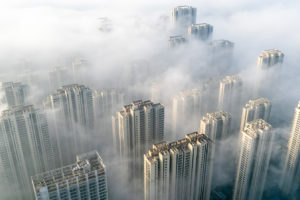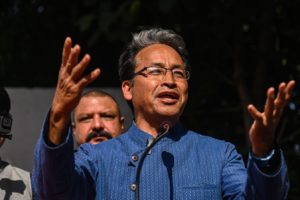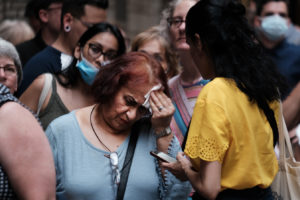Air pollution in the Indian capital of Delhi has reached extraordinarily high levels, equivalent to smoking two packs of cigarettes a day, the nation’s doctors and public health experts warned this week.
On Tuesday, concentrations of fine air pollutants, known as PM 2.5, reached 710 micrograms per cubic meter, more than 11 times the World Health Organization’s safe limit, The Guardian reported. Delhi’s chief minister, Arvind Kejriwal, said the city “has become a gas chamber,” and the government has urged city residents to stay inside their homes. The Indian Medical Association described the smog levels as a “public health emergency,” and called for a half-marathon race scheduled for November 19 to be canceled to avoid “disastrous health consequences.”
Delhi and the surrounding region, home to more than 45 million people, has long struggled with air pollution from road dust, the burning of trash, vehicle exhaust, and industrial emissions. But during winter months, slow winds and cooler temperatures trap pollutants low to the ground. Lingering smoke from Diwali festival fireworks and the seasonal burning of crops in nearby fields worsen the situation this time of year. But 2017’s air pollution problems have proven to be especially severe.
“I don’t see pink lungs even among healthy nonsmoking young people,” Dr. Arvind Kumar, a chest surgeon in Delhi for more than three decades, told the New York Times. “The air quality has become so bad that even if you are a nonsmoker you are still suffering.”


